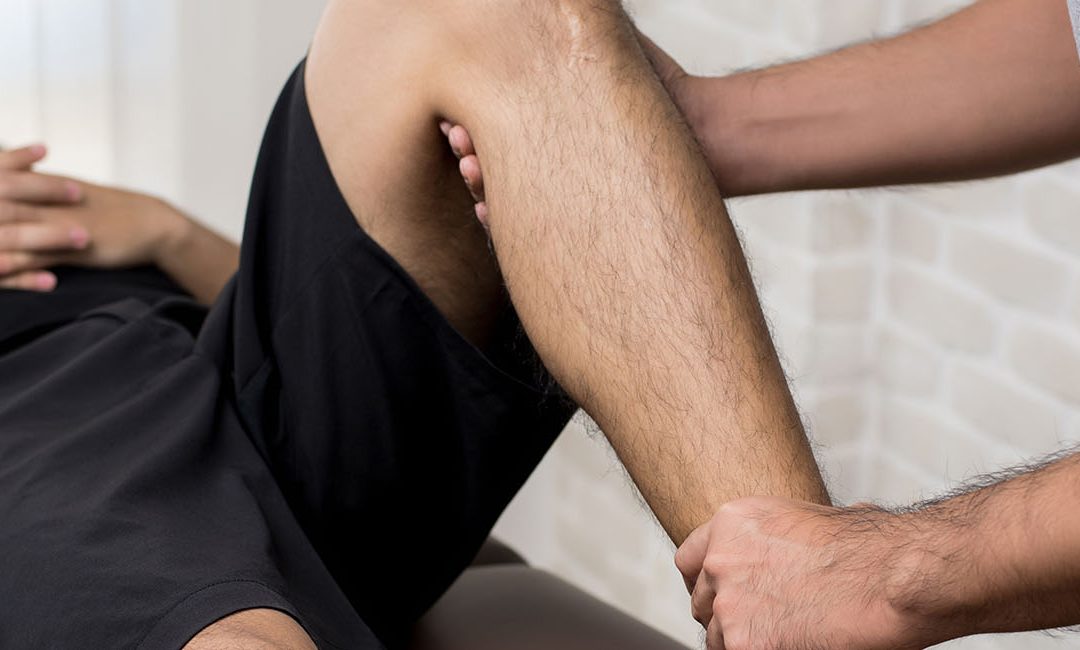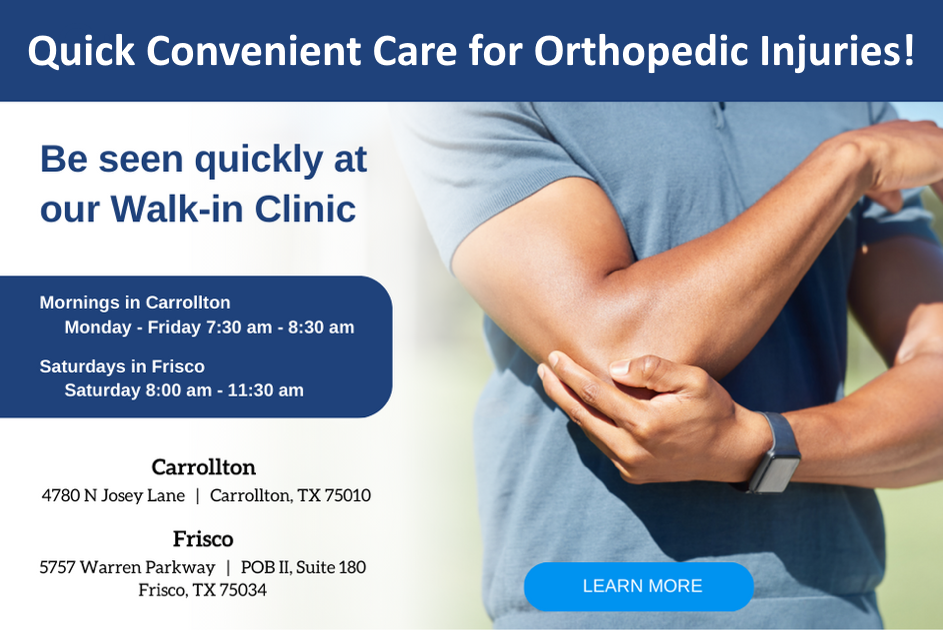The patella, commonly called the kneecap, is one of the main bones that make up the knee joint and is to the front of the joint. It is a triangular sesamoid bone (i.e. a bone embedded in a tendon) that sits in the patella-femoral groove which is a hollow or notch at the end of the thigh bone (femur) – the end where it meets the shin bone (tibia). It is held in position by a number of tendons and ligaments which let it move up and down the groove when the leg is bent or flexed at the knee joint.
In some cases, the patella slips out of the patellofemoral groove partially (Patellar Subluxation) or totally (Patellar Dislocation) – causing severe pain and affecting the movement of the knee joint. The dislocation is always to the outside of the joint. Athletes are among the most affected group given the nature of their exertions.
Dislocation of the kneecap is different from dislocation of the knee. Dislocation of knee is when the femur and tibia lose contact. Dislocation of kneecap is when the kneecap is dislocated from the patellofemoral groove on the femur.
Causes
- Sudden forceful twist or turn of the knee joint
- Direct hit or blow on the leg or the knee
- Congenital predisposition and deformities
- Faulty alignment of the joint
- Using inappropriate shoes which do not lend proper support to the knee
- Excessive stress as in athletes and sportspersons
- Past injuries of the knee joint or knee cap which did not heal properly
- Incorrect posture while lifting heavy objects
Symptoms
- Swelling, tenderness and inflammation
- Severe pain immediately on injury – often reported as pain inside the kneecap
- Visible dislocation of the patella
- Locking of the knee
- Impaired and painful mobility of the knee
Diagnosis
- Thorough physical examination of the injured knee and investigation of patient’s medical history for past injuries, congenital predisposition, etc.
- Palpation the knee to ascertain the location of damage and the extent of dislocation
- X-ray
- MRI scan
Treatment
- The doctor may suggest to avoid any stress on the knee joint/kneecap
- The knee should be rested – keeping the leg elevated at the level of the chest
- Painkillers and anti-inflammatory medicines may be prescribed
- Compression with a soft bandage
- Ice packs to prevent/reduce swelling
- Immobilization of the knee joint using a cast or a knee brace for a couple of weeks
- Physiotherapy may strengthen the hamstring and quadriceps
- Orthotic devices may be inserted in shoes to lend support to the knee joint/patella
- Special tape to improve the alignment and stability of the knee joint
- Surgery in extreme cases, recurrent injuries because of improperly healed injuries in the past or because of congenital abnormalities
At OrthoTexas we offer treatment for various orthopedic conditions. Schedule an appointment with one of our physicians for complete diagnosis and treatment.


